Today, the 4k cameras are getting cheaper than before, as like the 4k TVs and monitors. However, the price difference between the normal 1080p devices and the 4k ones is still significant. Because of that, usually, the people ask themselves if the 4k is worth it in 2020 or if it’s just a gimmick.
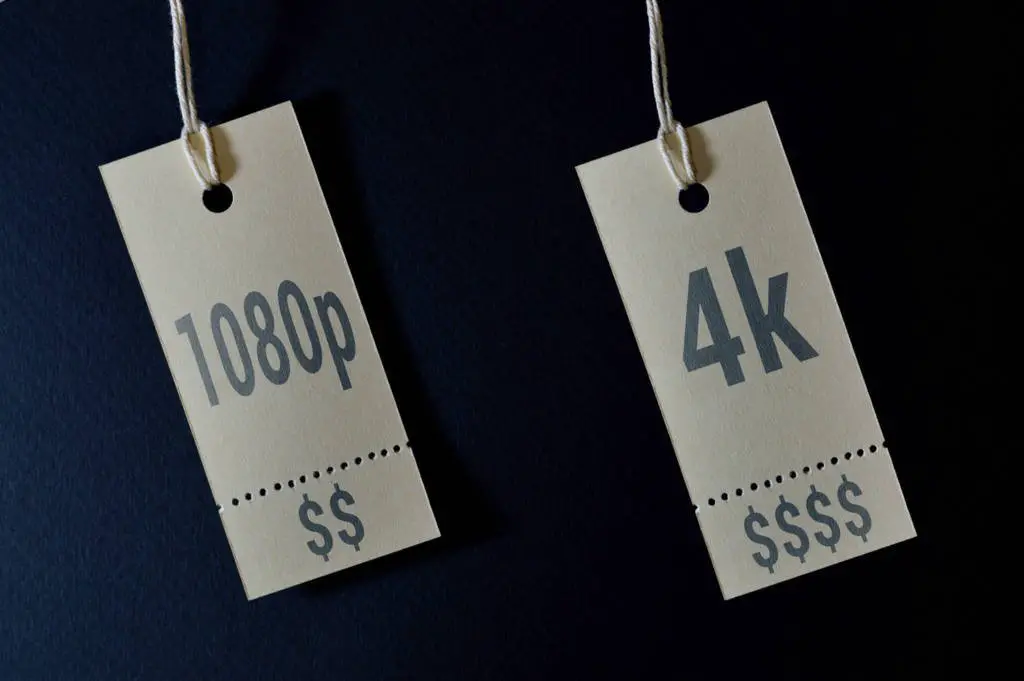
Well, in the past decades, we saw some famous gimmicks by the big technology brands, like 3D TVs and smartphones, and the cameras with higher megapixels, but bad image quality.
It took some time for the people to understand they didn’t need these technologies as they thought, and after they understood that, the sales and production of these devices started to decrease, becoming less relevant.

In the same way, it’s good to ask: Is 4k a gimmick too? Well, it’s good to have this technology being more accessible, but apart from the owners of media companies and cinematographers, you don’t need 4k, and it’s another gimmick.
Instead of focusing on higher resolutions (like 4k), you should pay more attention to other specs like bitrate and dynamic range when buying new cameras, TVs, and monitors. I will explain to you why:
Contents
1. 4k Means more costs to you2. 4k doesn’t imply higher video quality
2.1. What is the dynamic range?
2.2. What is the bitrate?
3. You can’t see any difference in small screens
Conclusion
1. 4k means more costs to the user, which is good for the tech brands.
At first, 4k means way more processing power, and more power means more costs to produce it. Because of that, it increases the price of these cameras a lot.
At the same time, the customers would need not just to spend more with the camera, but also with better batteries and SD cards.
It happens because 4k has a lot more data than 1080p, and it needs more space, resulting in more costs with SD cards, and also batteries, which are drained very quickly by the higher power processing.
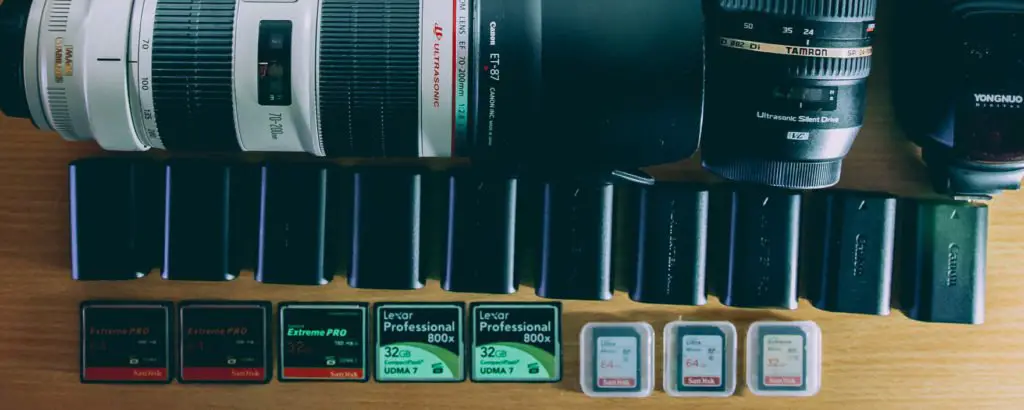
2. 1080p and 4k are resolutions. The resolution doesn’t mean quality.
You may think you are seeing more pleasurable images in the 4k monitors and videos, but it’s not necessarily true. Probably these results are due to better dynamic range and bitrate on the camera sensors and TV screens, nor by the 4k resolution.
The 4k is just a resolution, which is an area measure. If you want to quantify the image quality, you need to pay attention to other parameters, like bitrate and dynamic range.
A practical example to understand this is: Imagine that you have 2 Vinyl banners in front of you showing the same image, a big one with 2’ x 4’ (8 sq ft. –> 0.74 m²), and another with 4’ x 8’ (32 sq ft. –> 2.97 m²). The image below represents them.
Which one do you think has better quality?
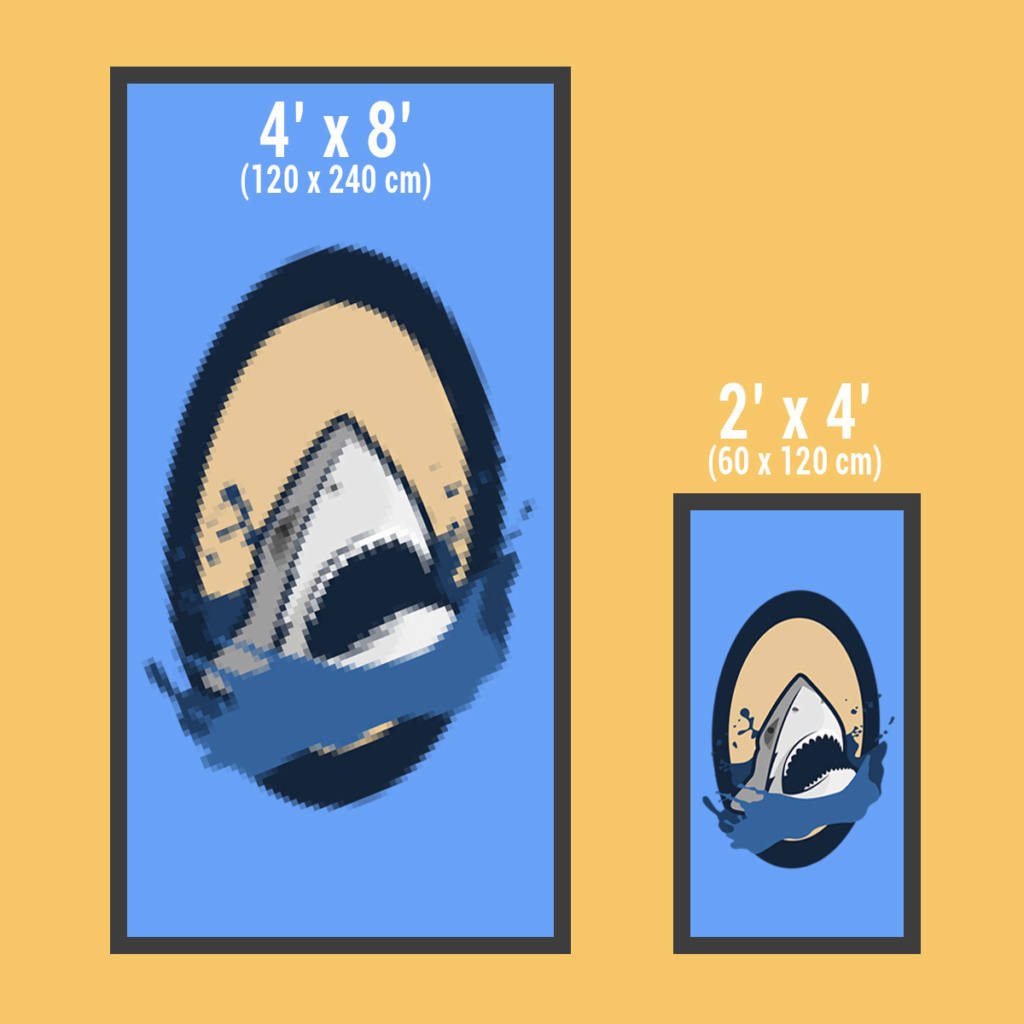
The second banner is smaller, but it seems better for your eyes than the big one. In other words, its image quality seems better than the other in the big frame.
In the photography/videography world, Resolution is an area measure, as the square feet of the vinyl banner, and it quantifies the area of the content. Because of that, it’s not directly related to the image quality, but the area of the image.
So, right now you understand 4k doesn’t mean quality, let’s focus on dynamic range and bitrate.
What is the dynamic range?
Dynamic range measures the ranges of light intensity in dark and shadows. In other words, the camera sensors with better dynamic range can capture more highlights tones and shadows tones
By contrast, the screens with high dynamic range (HDR) can faithfully reproduce these bigger amounts of tones, which results in a more natural and pleasing image.
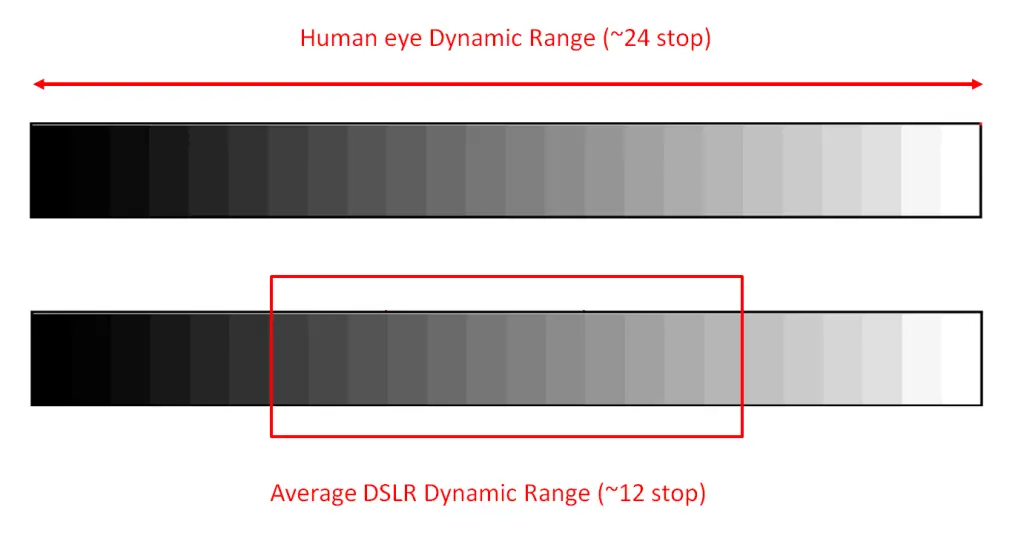
What is bitrate?
The bitrates are the amount of data (bits) in a video. In a picture, you can also measure it by the number of bits. Consequently, if you have more data per pixel, you’ll have a better image/video quality. Let me show you below:

Both images have the same resolution, but the first has more data (more bits), which makes the image looks better than the other with low bitrate. Because of that, the image produced is worse.
So, if you want to create more quality videos/images, besides better dynamic range, which produces more natural tones, you can also aim a camera with higher recording bitrates.
As I said before, the bitrates are the amount of data per second in a video, and it’s important to quantify the image/video quality.
However, If you have a higher-resolution image on the screen, you have more pixels. If you have more pixels, the image would need more data per pixel to have the same image quality as the lower resolution one.
For example, if you are recording 4k, it has four times more pixels than 1080p. Because of that, you’d need a four times higher bitrate to deliver the same quality of the 1080p video in a 4k video.
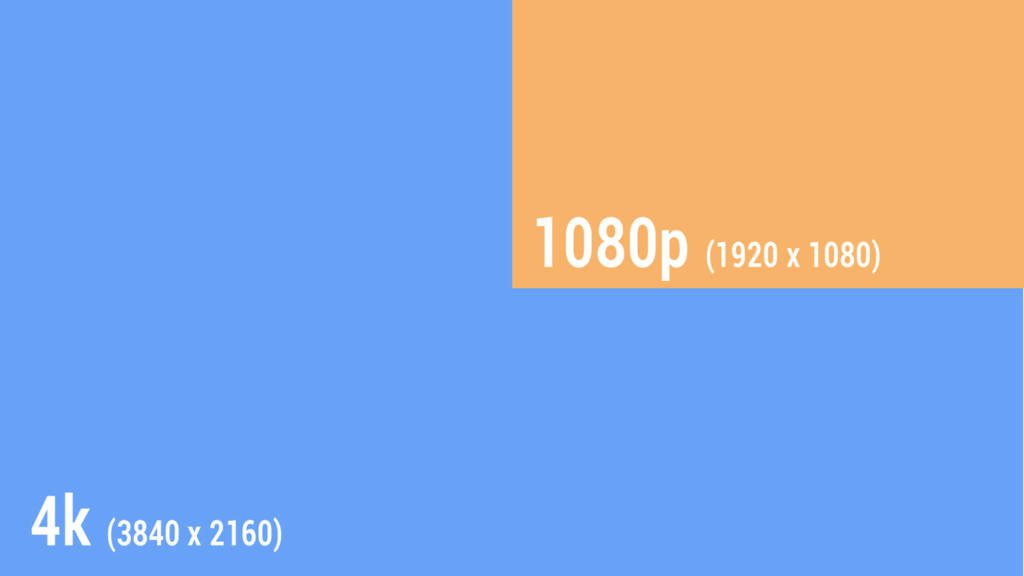
Therefore, if you want image quality, you don’t necessarily need 4k cameras, neither 4k screens. If you want that, you need to focus on bitrate and HDR images.
3. We can’t see any difference between 4k and 1080p in small and medium screens.
Higher resolutions were made to display our content on bigger screens. If you are recording videos in higher resolution like 2k, 4k, or maybe 8k, besides the bitrate, you would also need bigger screens to see some difference in quality.
What does it mean? If you have two smartphone screens, which are small, or even the medium and bigger TV screens, you will see almost nothing or none difference between a 4k video and 1080p video.
You would just need 4k or even 8k videos if you had a huge screen to watch it, like a movie theater screen. I think probably you are not a cinema owner. Are you?

It happens because our eyes can’t see any difference between the higher resolutions in two situations: when we see content in small screens, and when we see the content far from the source. Let me explain better.
If we are seeing content on a small screen, like in a smartphone, it has a lot of pixels in a small area. It means that the small screens have more density of pixels. This higher density of pixels can make the image look sharper.
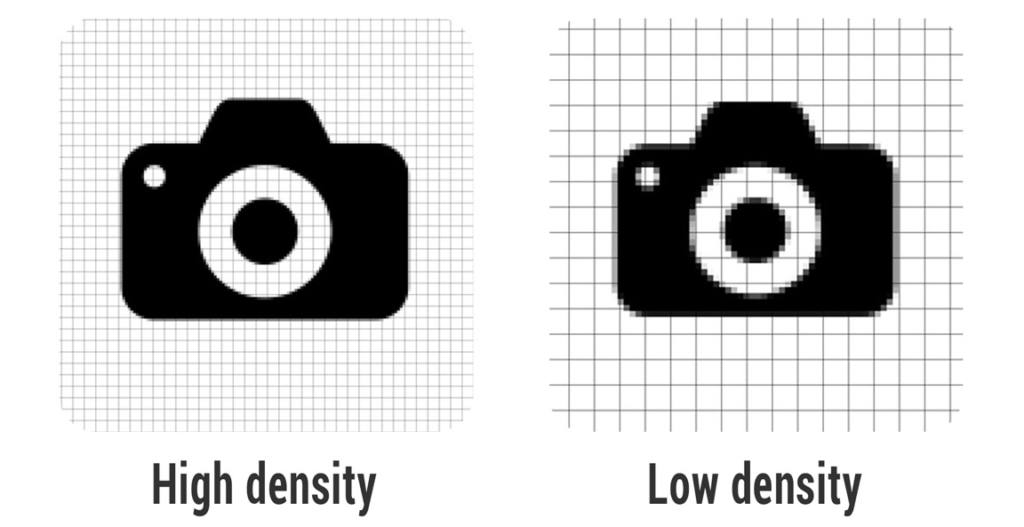
However, the human eye can just see this difference when it’s too close to the screen. For example, if you add at least 1 ft (30 cm) of the distance between your eye and your 1080p smartphone screen, you can’t see any difference from 4k anymore.
And if we compare with a TV, if you usually watch your TV farther than 7-8ft (2.1 – 2.4m) you won’t notice any difference between 4k and 1080p.
So, maybe it is not the best option to buy a 4k camera and/or a 4k screen to watch content, because you probably will not be able to recognize any difference.
Furthermore, if you’re producing content to post on social media, it’s good to know that more than 70% of YouTube watch time comes from mobile, and at the same time, nearly 99% of all the social media usage comes from smartphones.

In doing so, as I said before, the human eye can’t see any difference between 4k and 1080p in small screens during the normal distance use. This way, if you produce 4k content for this public, you will be wasting money, because recording 4k videos need way more costs and your audience would not see any difference.
Conclusion
So, just like the higher megapixels on the cameras some years ago and the 3D TVs, 4k technology deserves you to think twice before buying, because chances are high that other devices with similar characteristics, but in 1080p could supply your demand.
And that’s it, guys. I hope you had enjoyed the post!
What do you think about this topic? Is 4k useful for you? Share with us in the comments!
Also, if you have any questions, ask me in the comment section down below, and I’ll respond to you as soon as possible.
Everything You Need To Know About The Brazilian Fruits Brazil is a continental-sized country with a rich culture and nature. Because of its climate diversity,…
Instagram is lowering your image quality because it uses a lot of compression algorithms in all uploaded photos. There are some ways to avoid it,…
If you want to put a white background in your photos in the quickest way, you can use the Remove.bg website. Another way is to…

Claudio Pereira
Author
He is a brazilian writing in english, a student of Medical School, and a Photographer during the free time. His passion for photography started in 2012 , and after discover it, he never stopped.

I am no longer sure where you are getting your info, but
good topic. I needs to spend a while studying more or working out more.
Thanks for fantastic info I was in search of this info for my mission.
hi!,I love your writing very so much! share we keep in touch extra about your article on AOL? I require a specialist on this house to solve my problem. Maybe that’s you! Having a look ahead to peer you. |